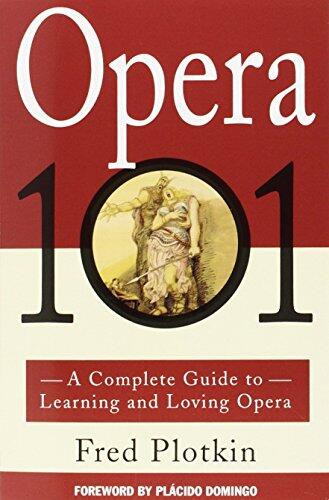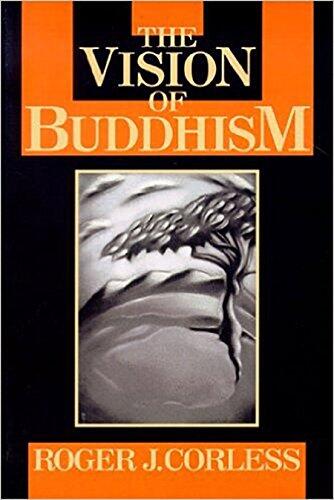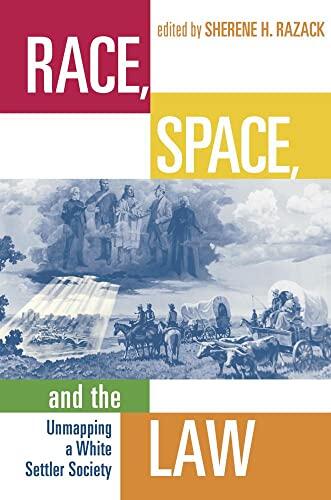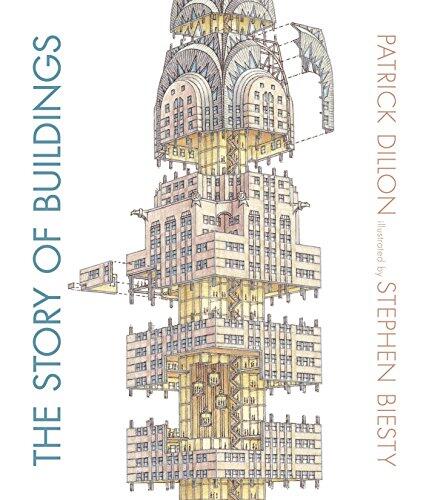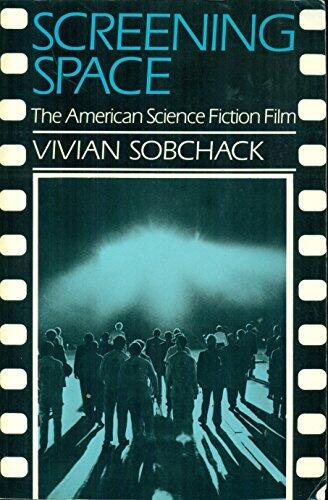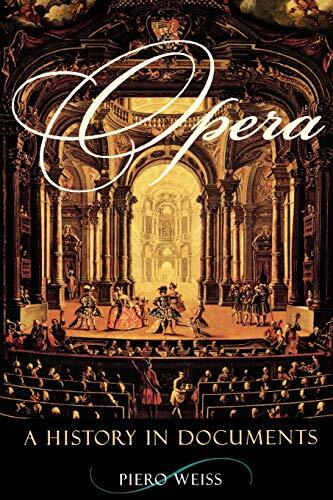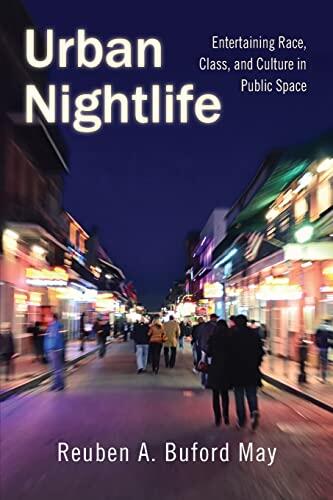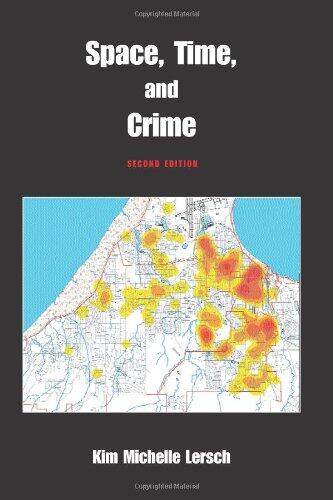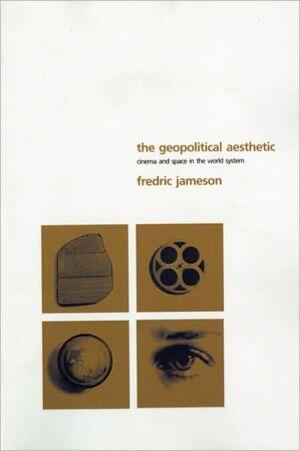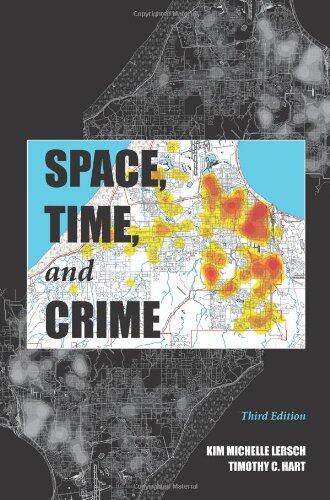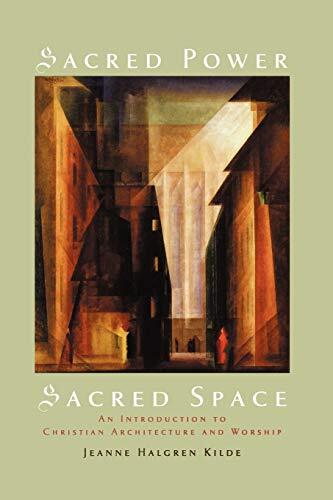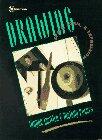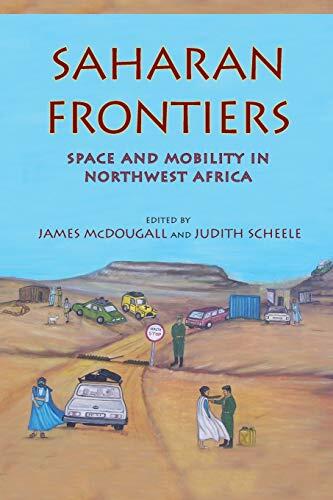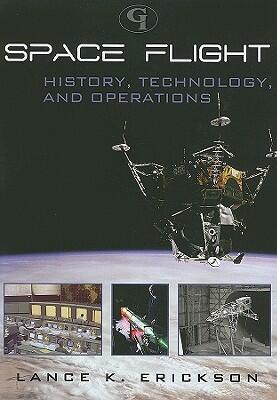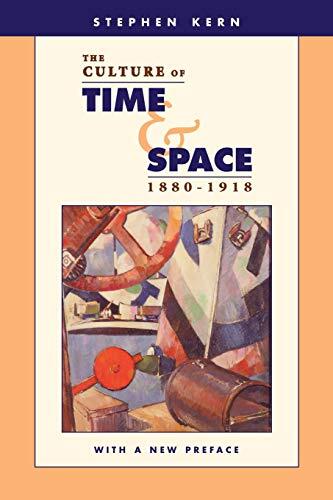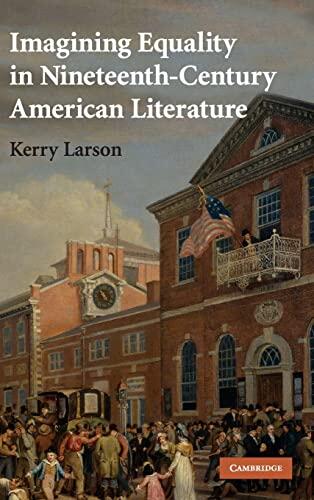
Imagining Equality in Nineteenth-Century American Literature
작성자
Kerry Larson
아직 평점이 없습니다
Action & Adventure
History
형식
하드커버
페이지
222
언어
영어
출판됨
Dec 22, 2008
출판사
Cambridge University Press
판
1
ISBN-10
052189803X
ISBN-13
9780521898034
설명
Kerry Larson delves into the intricate theme of equality in nineteenth-century American literature, illuminating how various authors grappled with this significant social issue. Through a careful analysis of works by renowned writers such as Harriet Beecher Stowe, Frederick Douglass, Nathaniel Hawthorne, and Louisa May Alcott, Larson reveals a literary landscape rich with diverse perspectives on equality.
The book intricately navigates the cultural and historical contexts that shaped these authors' views. Larson illustrates how their writings reflect the burgeoning debates surrounding slavery, gender, and class disparities. Each chapter reveals the author's unique approach to equality, showcasing the interplay between personal experience and broader social dynamics.
Larson brings to light the ways in which these voices intertwined literary artistry with social critique, sparking conversations that resonate even today. Through this exploration, readers gain a deeper understanding of how the quest for equality influenced literature and the broader society in a transformative era.
By examining both celebrated and perhaps lesser-known texts, Larson's work not only honors the contributions of these writers but also encourages readers to reflect on the enduring relevance of their themes. The narrative invites a reconsideration of how literature can serve as a powerful vehicle for advocating social change and shaping collective consciousness.
The book intricately navigates the cultural and historical contexts that shaped these authors' views. Larson illustrates how their writings reflect the burgeoning debates surrounding slavery, gender, and class disparities. Each chapter reveals the author's unique approach to equality, showcasing the interplay between personal experience and broader social dynamics.
Larson brings to light the ways in which these voices intertwined literary artistry with social critique, sparking conversations that resonate even today. Through this exploration, readers gain a deeper understanding of how the quest for equality influenced literature and the broader society in a transformative era.
By examining both celebrated and perhaps lesser-known texts, Larson's work not only honors the contributions of these writers but also encourages readers to reflect on the enduring relevance of their themes. The narrative invites a reconsideration of how literature can serve as a powerful vehicle for advocating social change and shaping collective consciousness.
